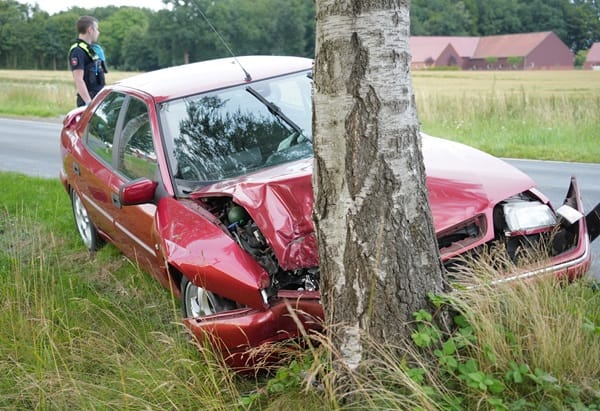Road security has become an issue of great importance in this world of speed. As the number of vehicles on the road’s increases, an accident rise in proportion. With the advancement of technology, it now offers some innovative solutions that will make our roads all the better. From intelligent sensors to artificial intelligence—these are some cool pieces of tech bringing a revolution in driving away from car accidents.
While these advancements are impressive, car accident lawyers still play a crucial role in our society. They guide the victims through the complicated proceedings after accidents. When technology fails or human error comes into play at that critical moment, it could be really hard to face life. It is important that while you explore these innovations, you do not forget they are meant to complement, not replace, good and responsible driving practices.
Let’s talk about some of the more thrilling technological advancements that are making our roads safer and giving drivers more confidence.
Advanced Driver Assistance Systems (ADAS)
Advanced driver assistance systems are technologies developed to assist drivers with the safe operation of vehicles. These systems use cameras, radars, and other sensors to detect potential hazards on the road. They can notify drivers of dangers, and even take action to prevent accidents.
Some common ADAS features include:
- Lane Warning Departure: This system warns you when you are drifting out of your lane without indicating.
- Automatic Emergency Braking: If the system senses a near collision, it can apply the brakes to avoid or reduce the severity of the impact.
- Adaptive Cruise Control: It automatically adjusts the car speed according to the distance set between the car and the one traveling ahead.
- Blind Spot Detection: Sensors monitor your blind spots and alert you to the presence of something that you may not see.
Smart headlights
Smart headlights adjust their brightness and direction according to driving conditions in such a way that they:
- Can switch from high to low beam and back without bothering oncoming traffic.
- Can pivot to light the way the road curves.
- Adjust the pattern of light in a bid not to create glare on wet roads.
- Add brightness to dark rural roads.
These provide driver adaptions when driving at night or in a bad weather, thus greatly reducing the chances of accidents.
Silas Stein / DPA Picture Alliance / Avalon
Drowsiness detection systems
One of the most common causes of accidents is falling asleep at the wheel. A drowsiness detection system has the following ways of sensing when a driver is about to go to sleep:
- Steering-pattern analysis: Based on the normal steering behavior, the system works by detecting deviations pertaining to such actions that would indicate the driver is drowsy.
- Eye-tracking technology: It automatically follows your eye movements and blink rate to show early signs of tiredness.
- Head-positional sensors: These constantly monitor movements of the head to detect nodding or a drop in head position that could possibly signal the onset of sleep.
The system in turn warns the driver in case of drowsiness through sound, vibration, and visual warning signals.
Vehicle-to-Vehicle (V2V) communication
V2V technology gives vehicles the capability to share real-time information about speed, location, and direction with other vehicles in close proximity. However, it could prevent accidents in the following ways:
- It could warn drivers of an upcoming hazard.
- Immediate brake light indication of an approaching car that brakes suddenly.
- Notification of a vehicle in your blind spot.
- Speed coordination is needed to prevent rear-end collisions.
The new vehicles will gradually have this technology, making our roads safer and more properly connected.
Alcohol detection systems
These are systems that have been developed to help prevent drunk driving-related accidents. They normally work by:
- Monitoring the alcohol levels in the driver’s breath.
- Analyzing the eye movements of the Driver.
- Keep an eye on driving behavior that seems to be impaired.
The system might even be able to deduce if a driver was over the legal limit and just not allow the car to start, or alert authorities.
Conclusion
Now, there’s a thrilling technological advance in automobile safety. The world of motor safety, from systems predicting and avoiding collisions to systems keeping you awake and informed, seems to be a cool world of technology that keeps the world safe.
These technologies are cool, but they are no substitute for good driving practices. Always remain alert, follow traffic rules, and drive responsibly. With that blend of smart technology and smart driving, maybe we will all be able to share the road safely.








